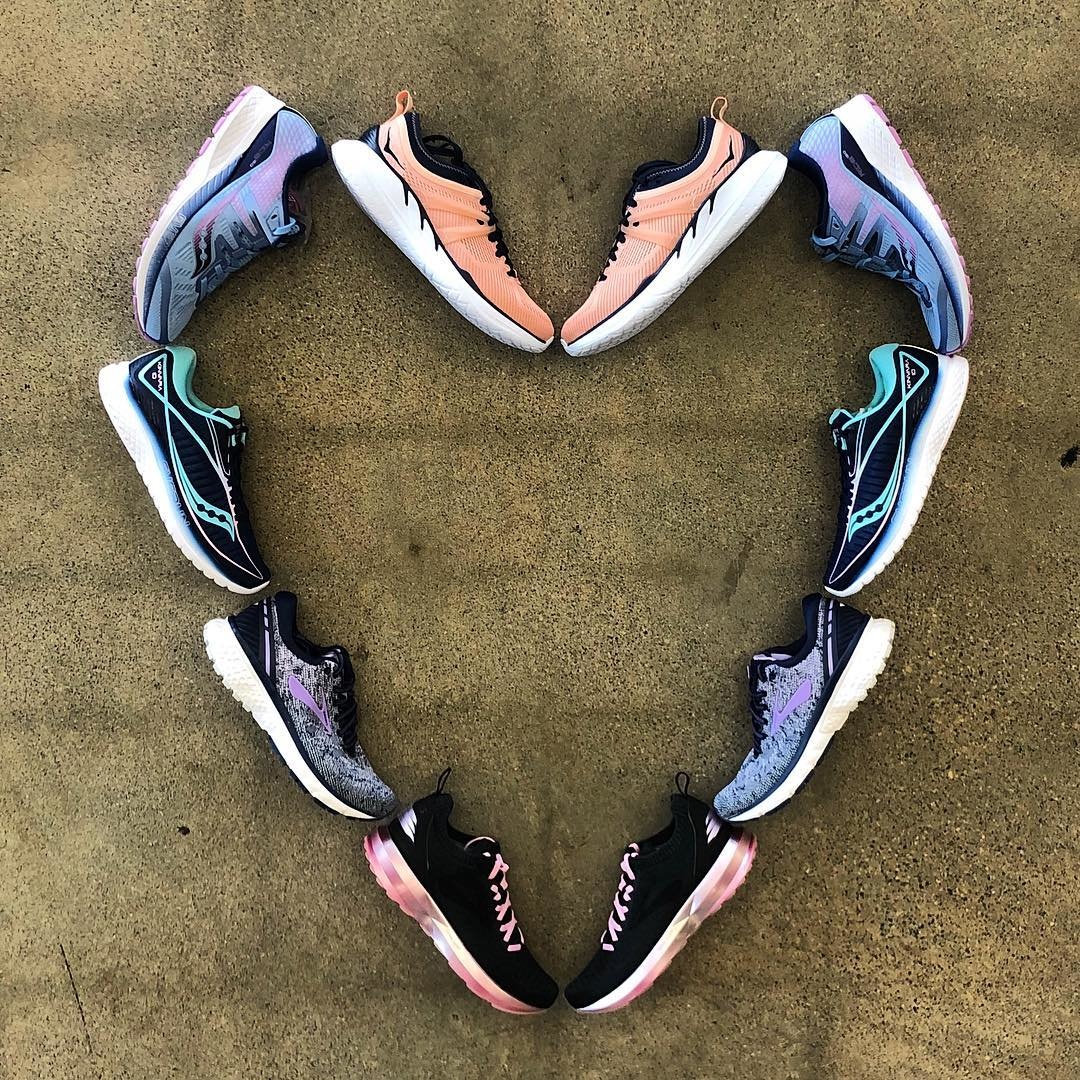Finding the right shoe: A Cinderella Story?
Finding the Right Running Shoe
When you head out to buy a new pair of running shoes, the choices can be daunting. What brand? What style? And should you try that new shoe that goes with the latest trend you read about?
Look. All-in-all, running is pretty simple. One foot in front of the other. Repeat. But having the right shoe can definitely improve your experience. So here's a little advice on what to look for when shopping for the shoe of your dreams.
- Talk to an expert in specialty running shoes. And no, this isn't your brother's dog's friend's wife who knows a guy that ran a marathon. That person might know what works for them, but not all feet are created equal. Talk with someone that is trained to fit you for a pair of kicks appropriate to your gait. And that includes more than just your foot. An expert will consider many things- the way you run, how your train, how your foot behaves, your weight, and history of injury, among other things.
- Brands matter, but only to a point. I often hear people say they will "only wear" a certain brand, or they simply want the "best running shoe". But that limits your choices, and frankly, any brand that specializes in running shoes makes a variety of quality shoes for many different types of runners. In addition, these specialized brands are typically at the forefront of research and innovation, so the technology of the shoes changes over time. So, as they say, "don't throw the baby out with the bathwater". And sure, there are some brands that work better for some than others, but a reputable store should only carry brands that are focused on research and development, not just style and marketing.
- Know your "type". For many years, the running industry has focused on some basic categories of running shoes: lightweight training shoes, neutral cushion shoes, stability shoes and motion control shoes. Each of these shoes provides something different, and your "type" will depend on what your shoe expert sees when evaluating your gait. As research continues, the boundaries of these well defined categories becomes more fluid. Typically, someone that needs some additional support (determined with gait analysis) will require a stability shoe. These people are typically referred to as "over-pronators". Someone that has a fairly "neutral" gait will need a shoe with adequate cushioning, but doesn't need the correction of a stability shoe. Someone with an extremely flat foot may require a lot of support, and may be appropriate for a motion-control shoe (which is rare, and should be considered only after a full gait analysis by a shoe expert). A lightweight training shoe might be considered for young, light runners or experienced runners that want an alternate shoe to faster workouts or racing.
- Get some fresh kicks a few weeks before a major event you've been training for. If you've put a bunch of miles on your shoes training for the marathon, it's a good idea to have a relatively fresh pair to wear on race day. You'll have the benefit of that "new shoe" feeling, fresh cushioning, and plenty of time to test them out before the big day. Plus, you can match them to your race outfit. CAH-YOOOT!
- Beware of fads and trends. As with any industry, there is no shortage of vendors looking to provide that "quick and easy" fix. Just read an article that says these new shoes will help you run farther, or more "natural", or faster, or with a certain foot strike? If it sounds too good to be true, it probably is.
- Shoes are only part of the equation, so don't stress or over-analyze. If you are getting shoes that are appropriate for your gait from a reputable source, you're in good shape. As with any sport, shoes are just equipment to help you play. A basketball is still a basketball. Making the shot depends on skill and practice. The more you hit the pavement, trail, or treadmill, the better your running becomes.






